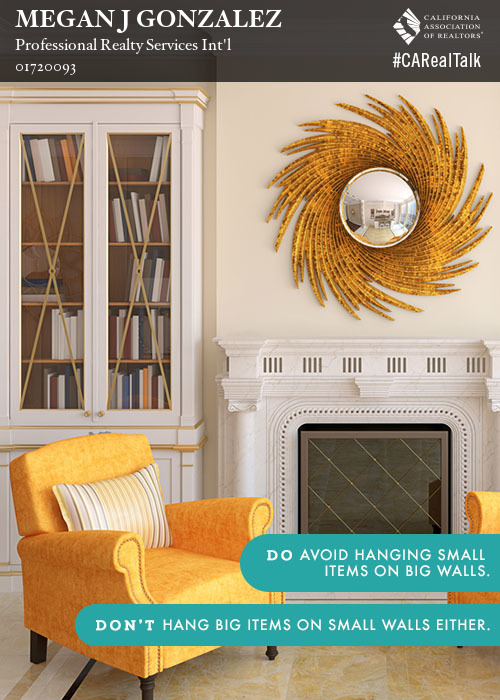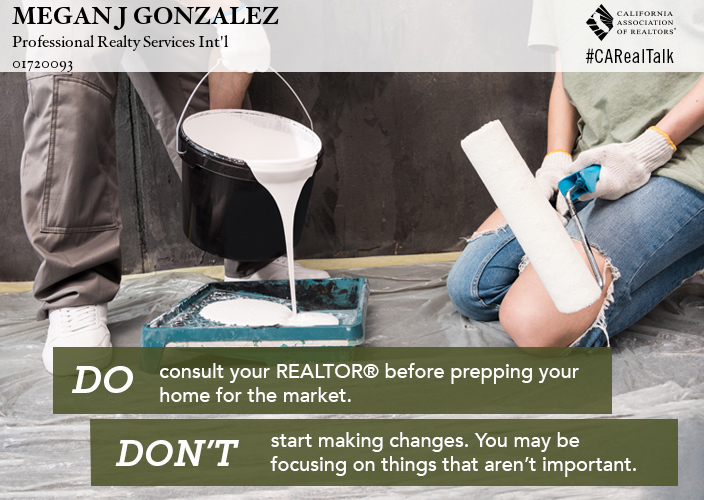
1. Hang your Art by its Center – The artwork’s center should be 57 inches from the ground to match average eye level.
People shouldn’t strain themselves to view the artwork. By placing the center of the artwork at eye level, it ensures the art can be admired comfortably.
2. Arrange It Before The Hammering Begins – Place your gallery of art on the floor to see how it looks before placing it on the walls
Nailing a frame into the wall is often the easy part. Making sure your pictures look leveled and not like a crooked hall of circus mirrors is an entirely different story. So, before you begin tapping away at your beautiful walls, it never hurts to measure, level, and plan it all out first.
3. Making Your Gallery – not all art hung on the same wall has to Symmetrical
If you got a lot of pictures just laying around, well them those beautiful artworks shine. A gallery of wall art is simply combining various works of art in a neat arrangement all over the wall. From ceiling to the floor, you can cover it all in artwork and décor.
- Asymmetrical wall décor
If you have paintings or other décor items that share similar color schemes, subject matter, or theme, then an asymmetrical arrangement will work well. This arrangement style is ideal for large wall spaces, staircases, walls with shelves as well as areas with limited in space.


 Facebook
Facebook
 X
X
 Pinterest
Pinterest
 Copy Link
Copy Link






